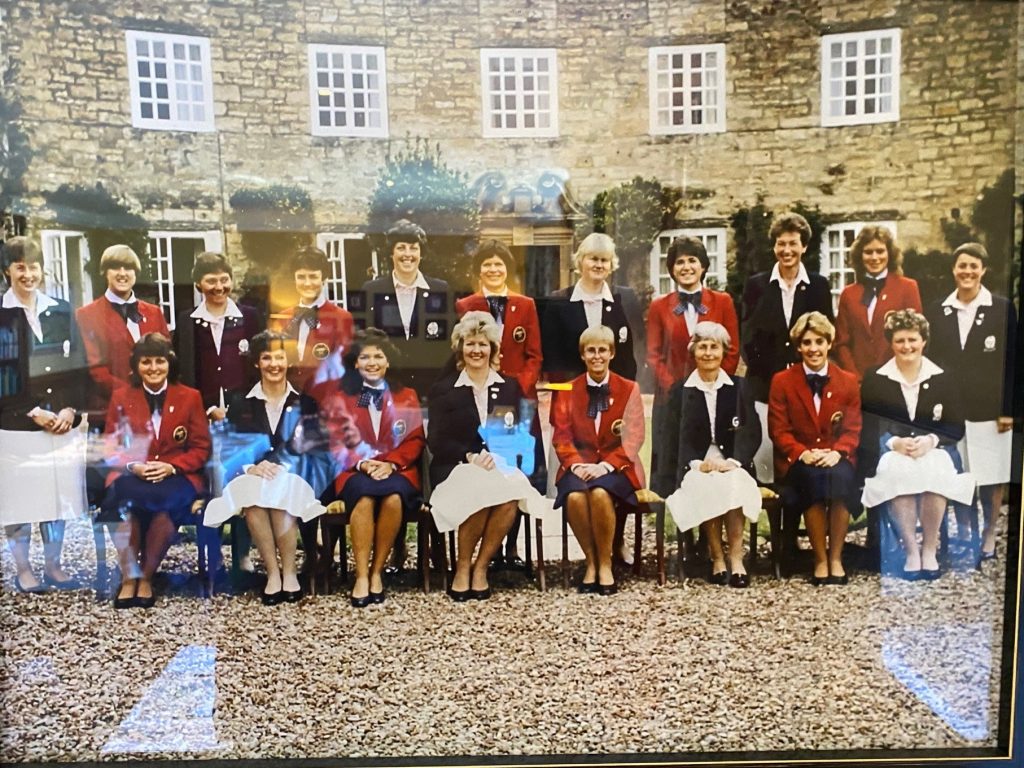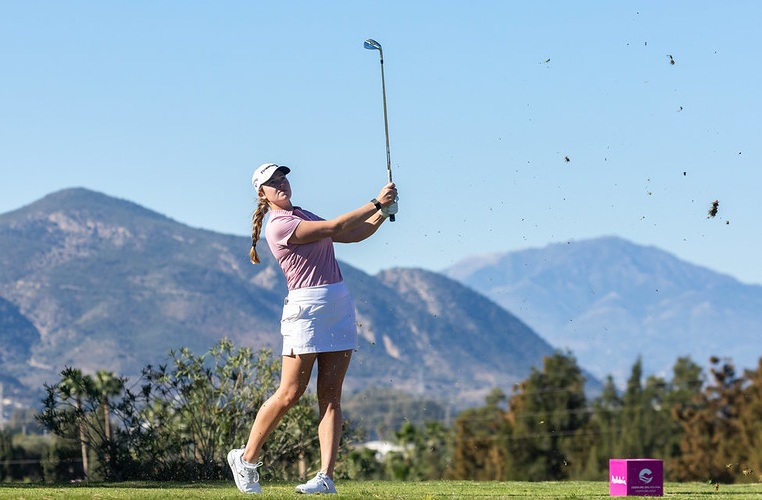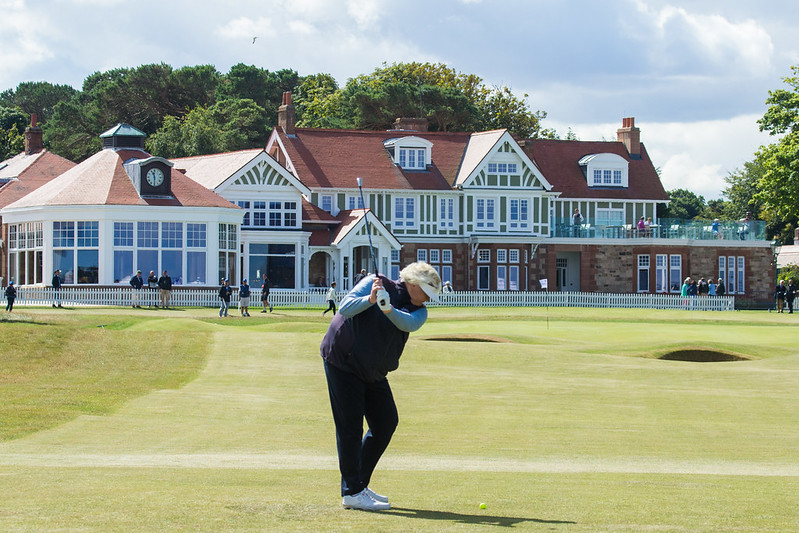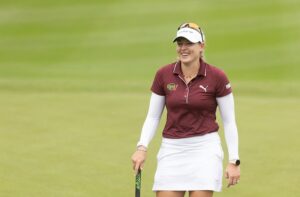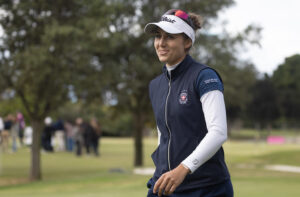This week, the AIG Women’s Open was played at Muirfield for the very first time and was hugely successful. Speaking in the TV commentary box on Saturday, Dame Laura Davies, who made her 42nd appearance in the championship, said that she hadn’t heard a single complaint from the players in the locker room. (Davies, coincidentally, had played at Muirfield in the 1984 Curtis Cup 38 years earlier as an amateur, just prior to turning professional the following year).
The fairways, greens and indeed, the welcome from the Members, were all immaculate. The Members at Muirfield, who are known as The Honourable Company of Edinburgh Golfers (HCEG), were proud to welcome the world’s best women golfers.
At the start of a new era for female professional golf and the AIG Women’s Open, Past Captain Robin Dow welcomed us to the clubhouse to look back and gain a flavour of the culture and traditions that have shaped the club since 1744.

Robin, what’s your connection to the club?
Muirfield has played host to 16 Open Championships in the men’s game. As a past captain from 2013-2015, I was fortunate to present the Claret Jug to Phil Mickelson here in 2013 as well as the silver medal for the leading amateur to Matt Fitzpatrick and the silver salver to Henrik Stenson as the runner-up. I have been a member of Muirfield for more than 30 years and I am passionate about the history and heritage of our club.
What is the club’s connection to the origins of the game?
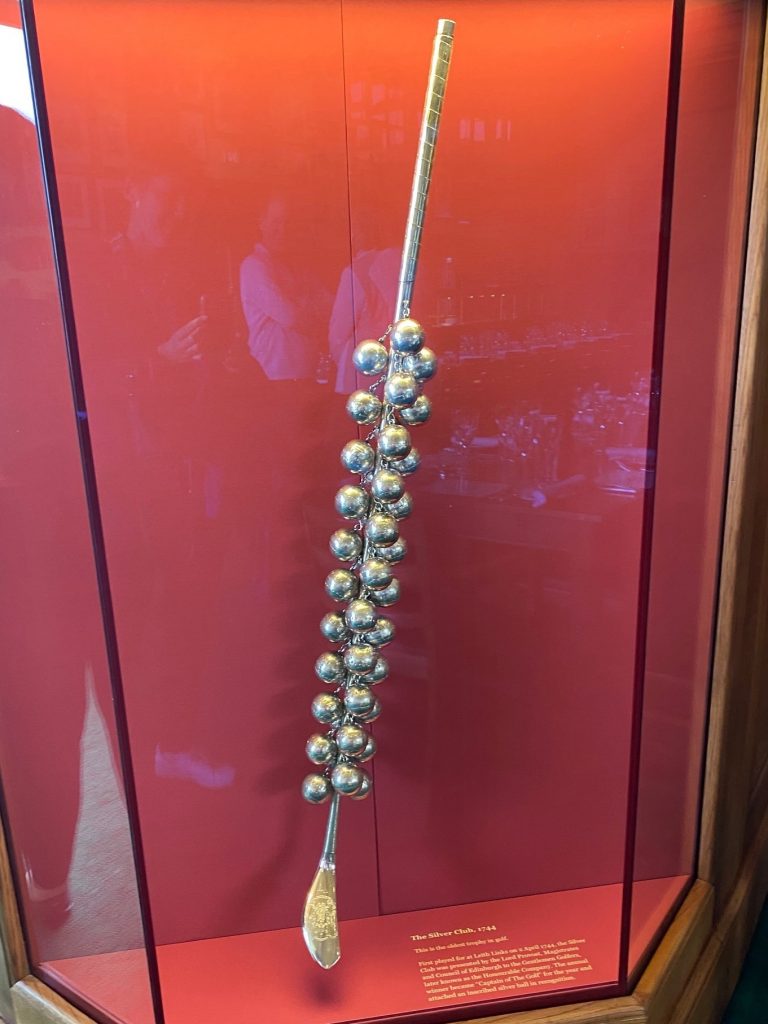
If I take you back 565 years, to 1547, the Scottish government banned golf and football because they wanted people to practise archery to defend the monarchy, because there were no guns or gunpowder at that time. The Act of Parliament is the earliest known written evidence for the game in Scotland. Fast forward to 1707, the Royal Company of Archers, who were based in Edinburgh, were the Royal bodyguard and looked after the kings and queens, decided that they would like to have an annual competition. They approached Edinburgh Council to ask if they would provide a prize for such a competition and they said, yes, they would provide a silver arrow. Many of the people who were archers were also golfers and they thought, how come the archers have a silver arrow and we don’t have anything? They asked Edinburgh Council for a trophy for a golf competition and after a bit of deliberation, the council gave them The Silver Club. This was engraved with Edinburgh Castle’s coat of arms and the date 1744 on it and it’s in our club. It is the oldest trophy anywhere in the world of golf and it is an absolutely wonderful piece of history. It was out predecessors who arranged all of that.
They arranged the first ever known golf competition. The council asked for some regulations for the competition and the first person that won would become the captain to oversee discussions about rules, regulations and disputes. The second thing was that the winner must attach a silver ball to the club in recognition of him winning the competition. Thirdly, they must write the Rules by which the competition would be played. So in 1744, they wrote the Rules and you can also see those original 13 Rules of Golf in the clubhouse. That was 30 years before the American War of Independence. We have all of these records and so we are incredibly privileged.
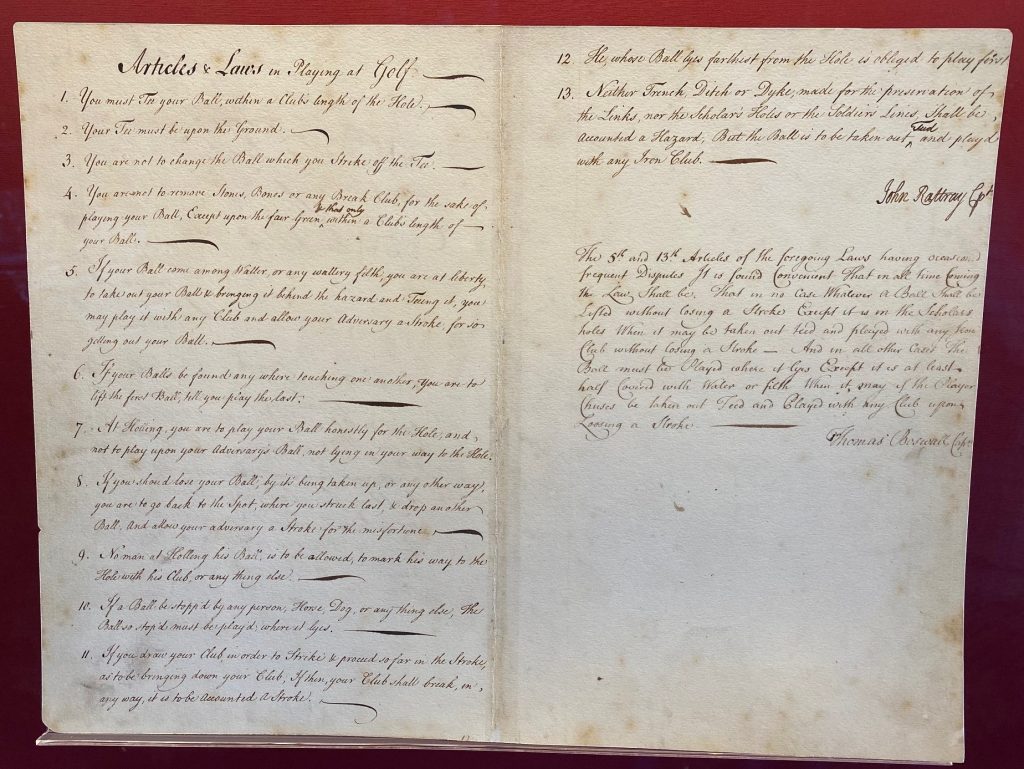
A perfect reproduction of The Rules of Golf, written in 1744.
The club started playing in Leith, which is a part of Edinburgh, and there were five holes which they played three times, so 15 holes. The military used the area for exercises, people grazed animals and there were a lot of people milling about so the club moved to Musselburgh in 1836, where they played a nine hole course twice for a round.
In the 1850s, Musselburgh was probably at least as important if not more important than St Andrews, because the great club makers and ball makers and professionals were based there and The Open championship was held six times there.
As golfers became better, the course was too short and so we moved here in 1891. Old Tom Morris designed the course originally and then later on, in the 1920s, Harry Colt, designed the course we have today.
What aspects of the spirit of the original Rules carry over into today’s Rules?
Rule number five says, if your ball come among water or any watery filth, you’re at liberty to take out your ball and bring it behind the hazard and allow your adversary a stroke, so that is like a penalty stroke. It’s not in here, but in the council’s regulations, they envisaged that in the event of a number of people being equal, or a tie, there would be a play-off. It’s fantastic to think that 278 years ago all of these things were embodied in the original Rules.
What can you tell us about the Muirfield clubhouse?
The clubhouse has certainly stood the test of time. Despite many alterations, it has become an iconic image in world golf as it stands behind the 18th green. I part-wrote the interior design brief for the most recent development completed in 2019. The centrepiece has always been the Dining Room, originally ‘The Grand Hall’ and we still replicate the scene shown in the painting at our annual dinners, where it’s a black tie affair and the captain and past captains wear red jackets. The wearing of red jackets dates back to when golf was first played at Leith Links to identify the players as golfers amongst the public.
How are women integrated into the club’s activities?
Women have always played the course as Guests and participated in national and international events. Now, our Women Members form a key part of the club and have been integrated into all its activities. One of our members, Lindsey Garden, who was very much involved in the communications planning for the AIG Women’s Open, actually played as a marker alongside Lydia Hall on Saturday and Gemma Dryburgh on Sunday, which was fantastic for her. One of our female members is the head marshal and many of our members are course marshals, so we are all very much engaged and delighted to hold the championship at our club.
